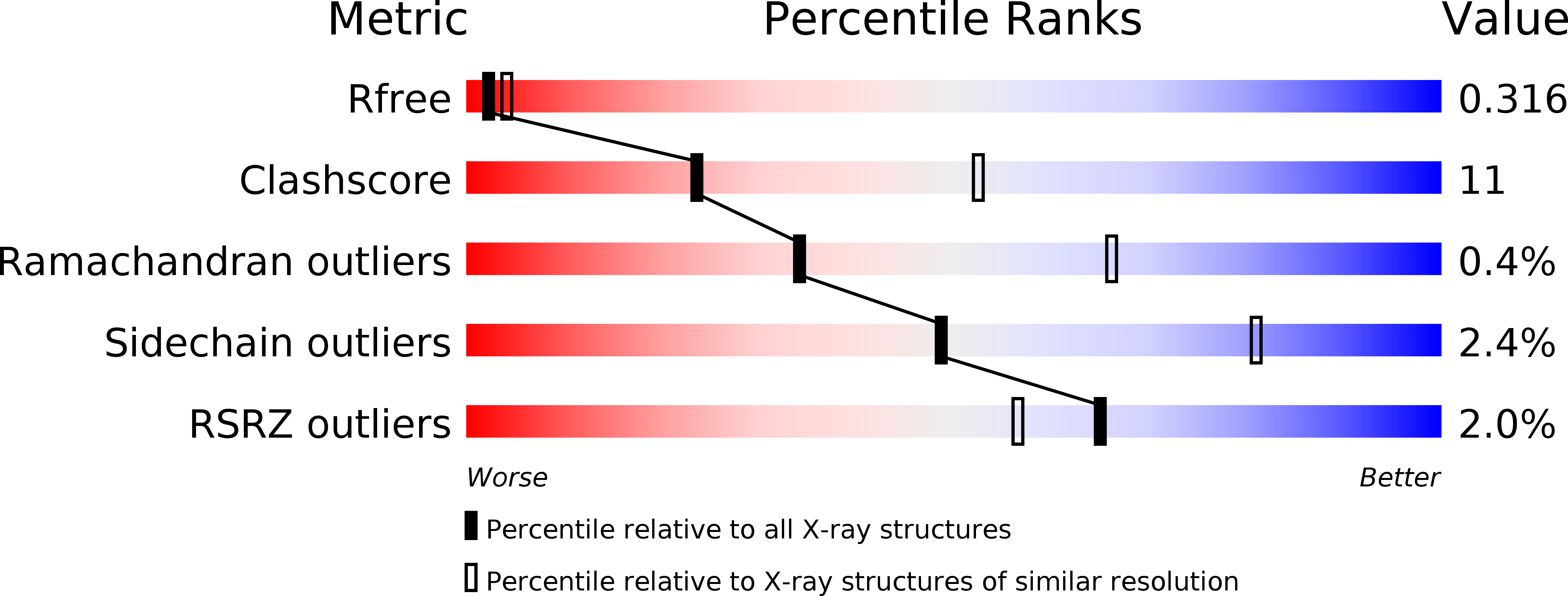
Deposition Date
2018-12-01
Release Date
2019-12-04
Last Version Date
2023-10-11
Entry Detail
Biological Source:
Source Organism:
Streptomyces sp. F-1 (Taxon ID: 463642)
Host Organism:
Method Details:
Experimental Method:
Resolution:
2.80 Å
R-Value Free:
0.31
R-Value Work:
0.26
R-Value Observed:
0.26
Space Group:
C 1 2 1


